
Click on the title to view the complete summary.
Groundwater Age Tracers, Residence Time, and Aquifer Vulnerability for the Edwards Aquifer
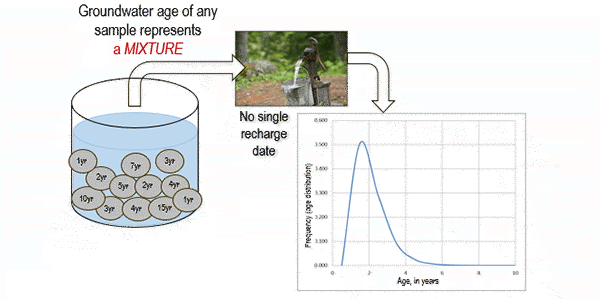
Understanding groundwater contamination risks is crucial for best resource management practices. Karst groundwater supplies, such as the Edwards aquifer of central Texas, are formed by the dissolution of soluble limestone rocks, and are an invaluable part of the world’s drinking water. Yet karst processes, such as rapid recharge and conduit flow, make these aquifers highly complex and vulnerable to contamination by human activities. Estimates of groundwater age provide direct insight into the vulnerability of groundwater to contamination. This study uses groundwater ages in combination with other geochemical tracers for the Edwards aquifer to assess how vulnerable the aquifer likely is to contamination from human activities on the land surface.
Pharmaceuticals in the San Antonio Segment of the Edwards Aquifer
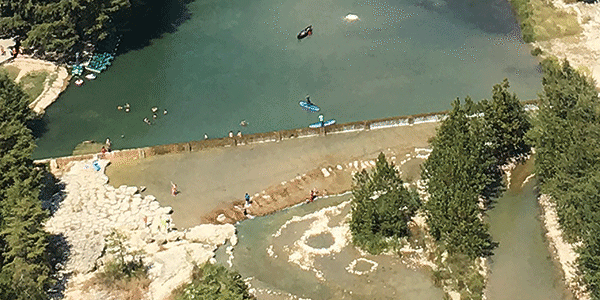
The occurrence of pharmaceutical compounds in surface water that recharges the Edwards aquifer can potentially affect groundwater quality. This study evaluated the occurrence and possible sources of pharmaceuticals in south-central Texas and the Edwards aquifer during 2018-2020. An assortment of pharmaceutical compounds was detected at low concentrations at some surface-water sites, whereas detections were less frequent in groundwater and spring discharge.
Changes in Nitrate Concentrations and Sources in Edwards Aquifer Groundwater
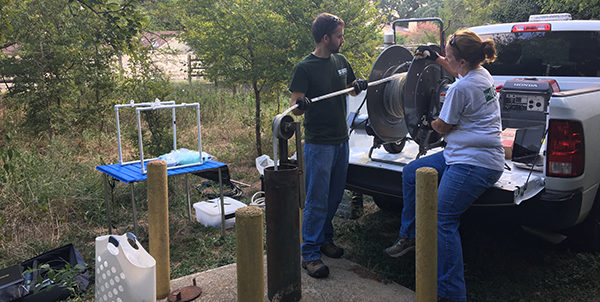
The Edwards aquifer region is undergoing rapid growth, particularly in urban areas such as San Antonio and Austin. Such growth can increase anthropogenic sources of nitrate to groundwater. Nitrate is an important nutrient, but elevated concentrations may affect aquifer ecosystems. Additionally, consumption of drinking water with elevated nitrate concentrations may have adverse health effects.
Timescales and Drivers of Water-Quality Change in the Edwards Aquifer
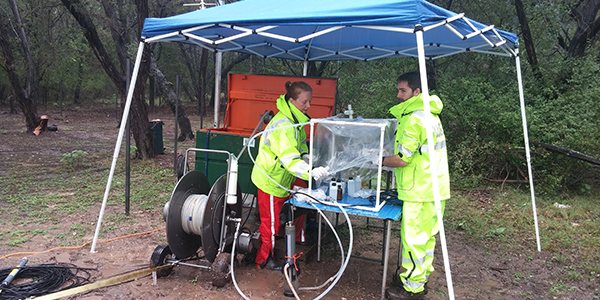
Groundwater quality changes over time. Long term monitoring of those changes helps groundwater resource managers understand and protect the aquifer. This study combined high-frequency monitoring and discrete sample collection of a range of geochemical constituents which enhances our ability to understand the timescales of groundwater quality change.
Continuous Monitoring Tracks Local Surface-Water and Groundwater Connections
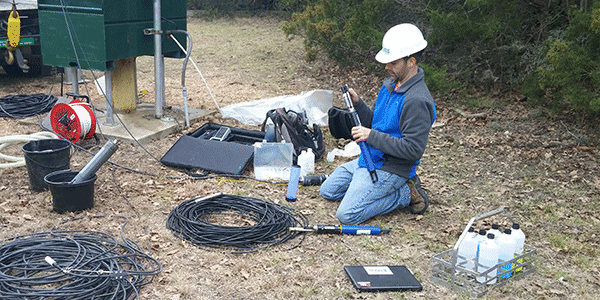
USGS "super sites" examine the dynamic connection between urban stormwater runoff and recharge to shallow groundwater of the Edwards aquifer. These sites monitor both streamflow and groundwater levels and are sites of water-quality sample collection during periods of groundwater recharge.
Urban and Rural Nitrate Sources to the Edwards Aquifer
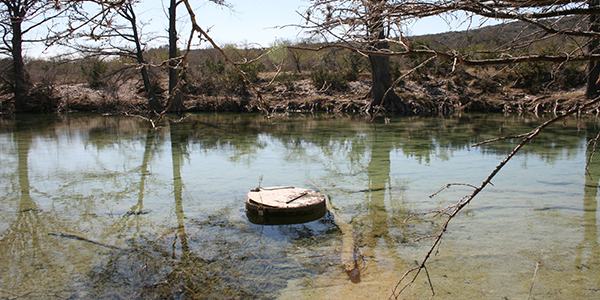
Groundwater nitrate data from continuous water-quality monitoring, combined with discrete water-quality samples from surface-water and groundwater, provide insight into nitrate contributions to the aquifer from rural and urban sources.